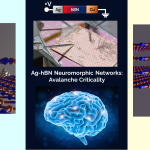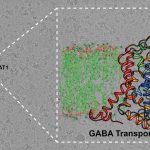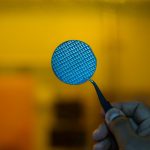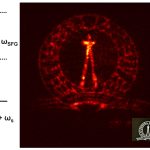
Artificial Neural Networks (ANNs) – a system of interconnected electric circuits or algorithms that communicate with one another just like the neurons in our brain – are gaining popularity for their ability to perform complex tasks, especially in pattern recognition. However, existing devices that mimic neurons and synapses – the junctions between two interacting neurons – operate at high voltages and show variable conductivity, making it difficult to construct efficient ANNs.
To address these concerns, researchers at IISc have developed an Indium Selenide-based transistor that was found to mimic several characteristics of a biological synapse. The team, led by Digbijoy Nath at the Centre for Nano Science and Engineering (CeNSE), fabricated a transistor out of multi-layered indium selenide, and tested its response to sequential voltage pulses, similar to the electric signals in the neurons.
The output characteristics of the device were able to capture essential features of the synapse. The researchers also used the device’s responses to build a computer model which simulated an ANN. When they trained the ANN with a database of handwritten numbers, it was able to recognise 93% of numbers correctly. This device shows promise in constructing more complex neural networks for pattern recognition.






